Understanding color and the impact it has on our minds and attitudes is essential to making marketing-smart color decisions, both online and offline. Establishing this understanding is critical when seeking to bridge the gap between what you are trying to communicate and what is actually perceived. Designing with the color pink can say a lot about who you are. Let’s take a look at the psychology of the color pink and what it means for your business.
Like all colors, pink is very diverse. The word itself conjures up a variety of different images and concepts—romance, flowers, femininity, Barbie, breast cancer, lightheartedness, etc. It also, like all colors, is contradictory. Pink is primarily recognized as a feminine color in the United States. It is for this reason that the color is used as a universal symbol of hope and awareness in the fight against breast cancer. Keep this in mind when designing with the color pink.
However, in Japan, pink has a masculine association. Pink cherry tree blossoms are said to represent fallen Japanese warriors. Understanding the context in which pink is being used is essential to understanding how your audience will interact with it. Depending on the shade of pink used, its usage has the power to direct communication in a powerful way. Generally speaking, every variation of pink can be either stimulating or calming.
Bright and warm pinks, such as fuchsia or magenta are vibrant, youthful, and encourage a sense of confidence. Communicating a similar energy as the color red, these pinks are passionate and almost sensual. Furthermore, these pinks are said to have the power to increase one’s blood pressure and pulse rate as well as to motivate action and fuel creative thought. However, subdued and muted pinks tell a different story—in fact, they communicate in a totally different direction.
As soft, pure, and delicate, women are more likely to identify with these calm pinks. Some studies of the color pink suggest that male weightlifters seem to lose strength in pink rooms, while women weightlifters tend to become stronger around the color. Calm pinks are friendly and represent the carefree days of childhood. The use of calm pinks on the web is typically found within female-focused industries, such as wedding planning, clothing, and baking.
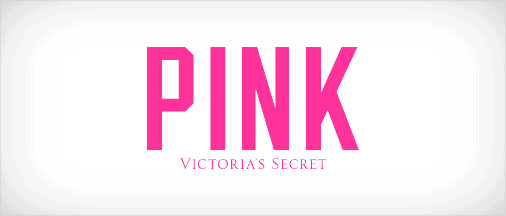
This lingerie and loungewear company uses pink to target their exclusively female audience. Variations of hot pinks and calm pinks are used throughout their clothing line to create a youthful and romantic brand that empowers its customers with confidence.
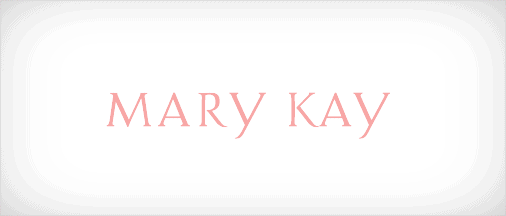
This cosmetics company uses pink in its logo and products, for the same reason as Victoria’s Secret—their target demographic is women. By using a softer, feminine pink their brand communicates to women in a friendly, yet empowering way.
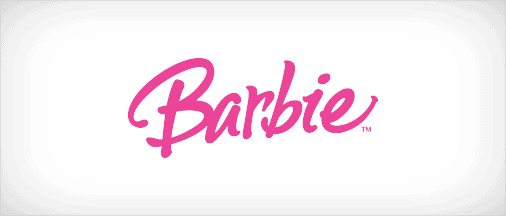
A bright shade of pink was chosen as Barbie’s signature color mostly to attract young girls to the brand. When paired with a font that looks like a child’s handwriting, their logo conveys a sense of fun, whimsy, and childhood. While their mark has changed slightly since its creation in 1959, the color pink has always remained a staple of their brand.
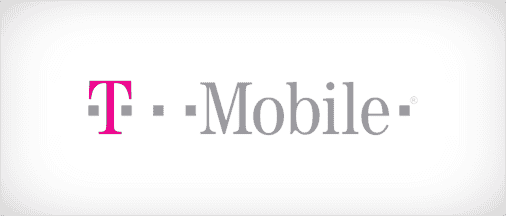
This mobile communications provider seeks to stand out from its competitors by making the “T” of its logo a bright magenta pink, and it does a good job. Its usage not only builds recognition but adds life and energy to their brand helping them stand out in their industry.
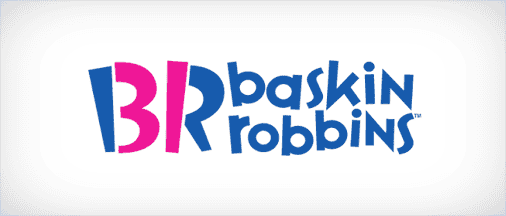
For this brand, the color pink is a part of their history—the company has always offered a free sampling of ice cream flavors on bright pink spoons. Those flavors, 31 to be exact, are highlighted in the logo which also makes up the letters, “B,” and “R,” in the design. The touch of pink communicates friendliness and a sense of nostalgia (the original logo contained pink to represent their cherry flavor).
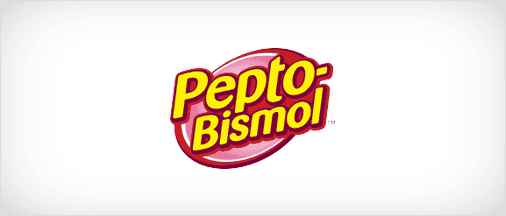
The main ingredient used for this nausea and digestive system medication is what makes it pink. Even though the use of pink may not have been planned it has psychological effects, like instilling calmness and rest.
Considering designing with the color pink? We’d love to help you work it into your brand. Contact us for ideas and to chat more about color theory!
Designing with the color pink can say a lot about who you are. Let’s take a look at the psychology of the color pink and what it means for your business.
Ask us anything! We can’t wait to hear from you.
Get valuable tips and advice based on current best practices for all things digital marketing. Learn how the pros do it, and apply it to your business.